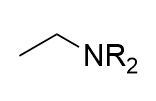Carboxylic Acids and Derivatives
1/48
Earn XP
Description and Tags
Name | Mastery | Learn | Test | Matching | Spaced |
|---|
No study sessions yet.
49 Terms
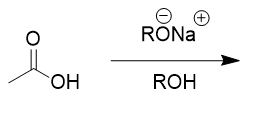
carboxylic acids in basic organic environment
deprotonates; resonance; spectator ion
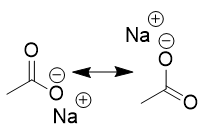

carboxylic acids in basic aqueous environment
deprotonates; resonance; spectator ion
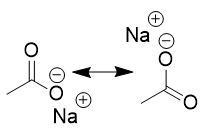

carboxylic acids in acidic organic environment
Fischer’s esterification; reversible; equilibrium


carboxylic acids in acidic aqueous environment
no change; exchangable protons

carboxylic acids in base mechanism
deprotonation
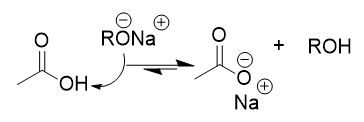
Fischer’s esterification mechanism
carbonyl oxygen attacks acid → protonation
forms hemiacetal
protonation and dehydration
reform carbonyl via deprotonation

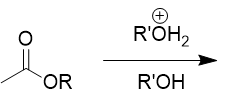
transesterifcation
switch R group on ester; essentially Fischer’s esterification mechanism

ester
carbonyl + ester; formed from carboxylic acids


ester hydrolysis
reverse of Fischer esterification; reversible

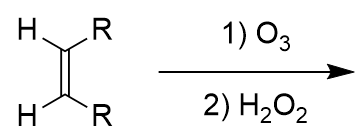
ozonolysis and oxidation of an alkene
2x carboxylic acid
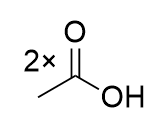
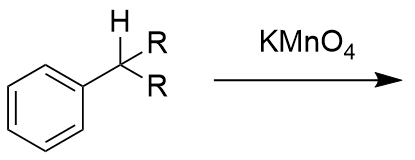
addition of KMnO4 to substituted benzene
benzoic acid
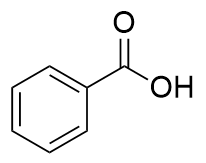
strong oxidants
HNO3, KMnO4, CrO3, K2Cr2O7, RuO4

addition of chromate salt to aldehyde
carboxylic acid
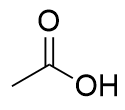
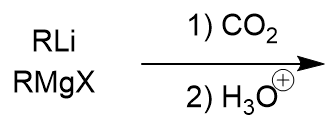
Reaction of Organometallic Reagents with Carbon Dioxide
carboxylic acid
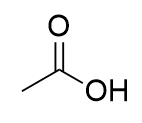
Reaction of Organometallic Reagents with Carbon Dioxide
attack on carbon of CO2
protonation

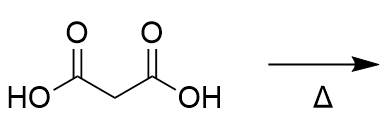
decarboxylation
removes one acid; needs one carboxylic acid at the beta position of another
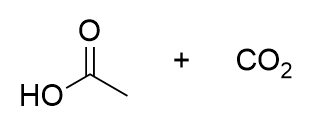
decarboxylation mechanism
proton transfer
enol → keto
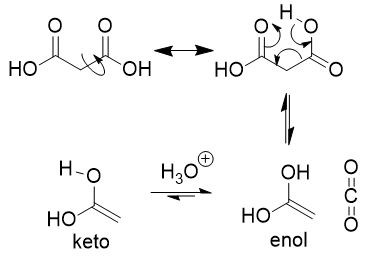
keto-enol tautomerization
many aldehydes and ketones are in equilibrium with a structural isomer known as the enol form; not resonance forms but structural isomers that can interconvert
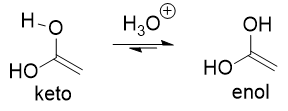

addition of DCC and amine to carboxylic acid
amide synthesis; reversible; urea side product
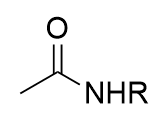
addition of DCC and amine to carboxylic acid mechanism
carbonyl oxygen attack on carbon
nitrogen deprotonates
amine addition
nitrogen deprotonates
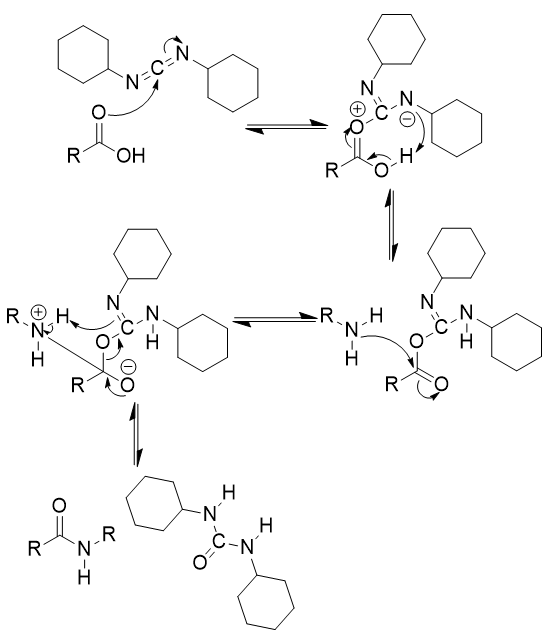

addition of sulfurous dichloride to carboxylic acid
acid chloride; reversible with NaOH and acid

addition of sulfurous dichloride to carboxylic acid mechanism
make carbonyl a good leaving group
make alcohol a carbonyl
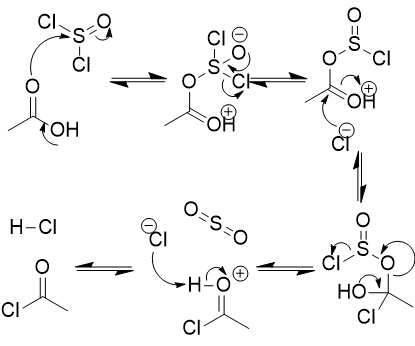

addition of organolithium to carboxylic acid
carbonyl
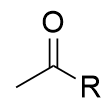
addition of organolithium to carboxylic acid mechanism
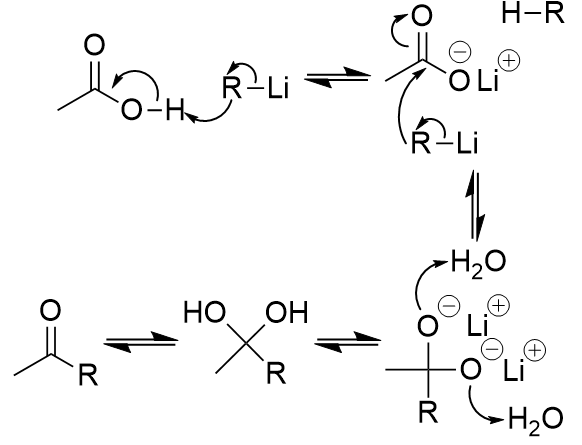

addition of lithium aluminium hydride to carboxylic acid
reduction to primary alcohol; also turns aldehyde into primary alcohol, ketone into secondary alcohol; ester into primary alcohol; amide into amine, nitrile into primary amine

addition of lithium aluminium hydride to carboxylic acid
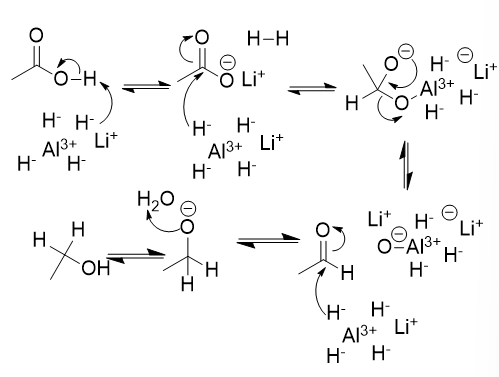

addition of sodium borohydride to carboxylic acid
doesn’t work, only reduces aldehydes and ketones


addition of nucleophile to acid chloride
SN1 type reaction


addition of base to acid chloride
ester


addition of hydroxide to acid chloride
carboxylic acid


addition of secondary amine to acid chloride
amide

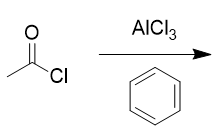
addition of benzene and aluminum chloride to acid chloride
Friedel-Crafts acylation
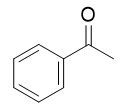
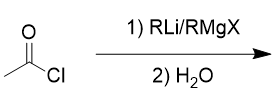
addition of organolithium/Grignard reagent to acid chloride
tertiary alcohol

addition of organolithium/Grignard reagent to acid chloride mechanism


addition of organocuprate to acid chloride
ketone; like RLi but more selctive; will not react with ketone/aldehyde


addition of lithium aluminium hydride to acid chloride
tertiary alcohol


addition of lithium tri-tert-butoxyaluminum hydride to acid chloride
aldehyde; doesn’t react with aldehydes/ketones


addition of diazomethane to carboxylic acid
methyl ester


addition of aqueous sodium hydroxide to ester
saponification, deprotonated


combination of two carboxylic acids @ 300°C
anhydride and water

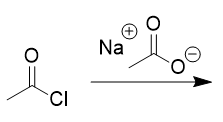
addition of deprotonated acid to acid chloride
anhydride and salt

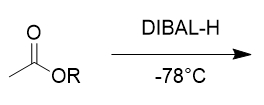
addition of DIBAL-H to ester @ -78°C
aldehyde


addition of organolithium/Grignard reagent to ester
tertiary alcohol


addition of amine to anhydride
amide

addition of amine to anhydride mechanism

resonance of amide
stability

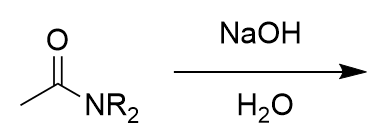
amide in basic aqueous environment
deprotonated carboxylic acid and neutral amine; electrophlic attack from carbonyl oxygen
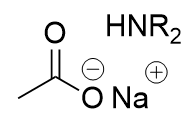
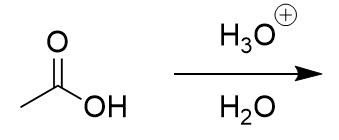
amide in acidic aqueous environment
carboxylic acid and positive amine; nucleophilic attack on carbonyl carbon
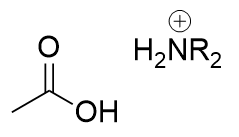

lithium aluminium hydride reduction on amide
amine; could use deuterated reagent
